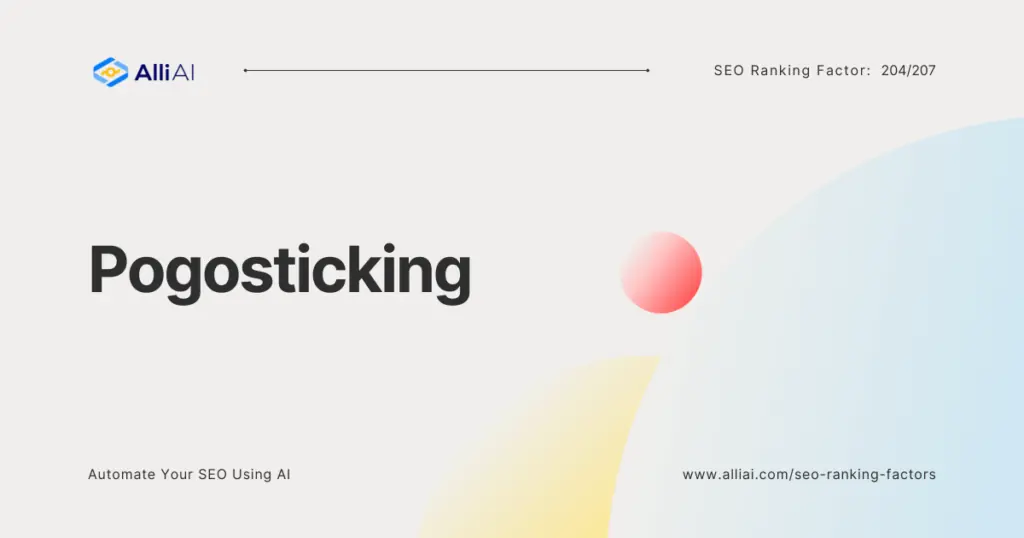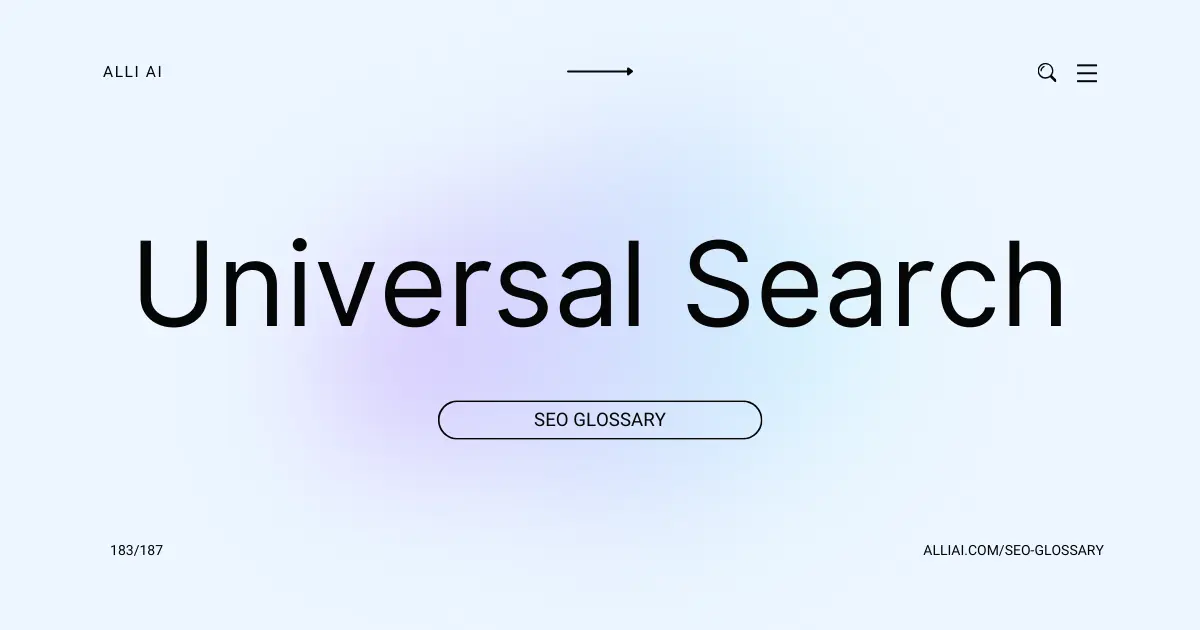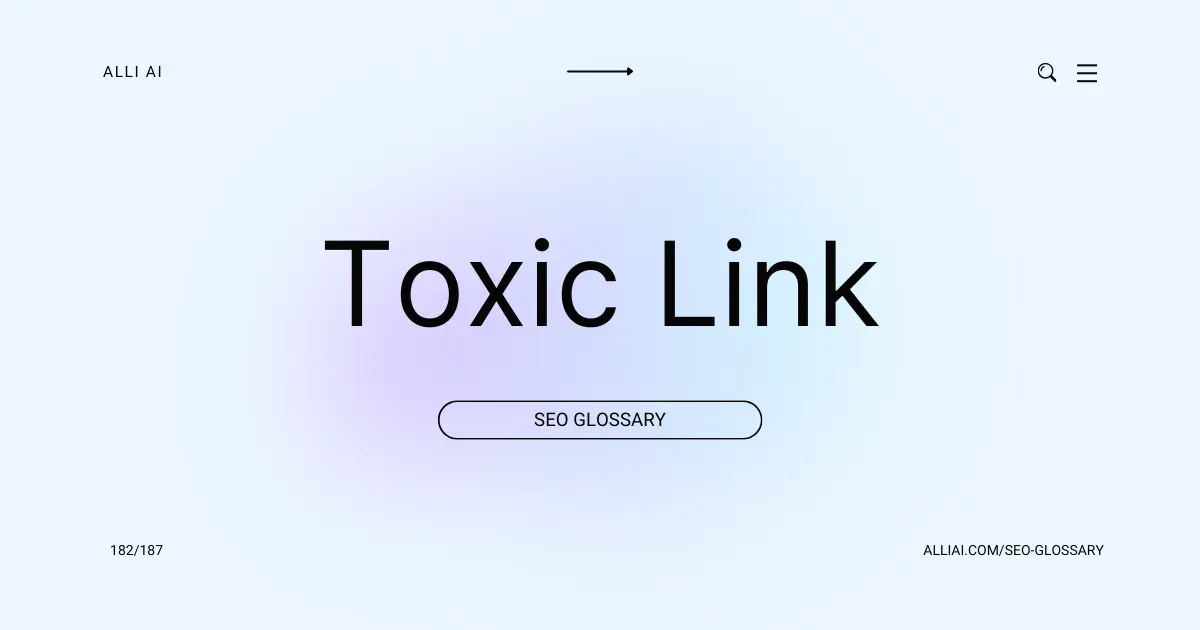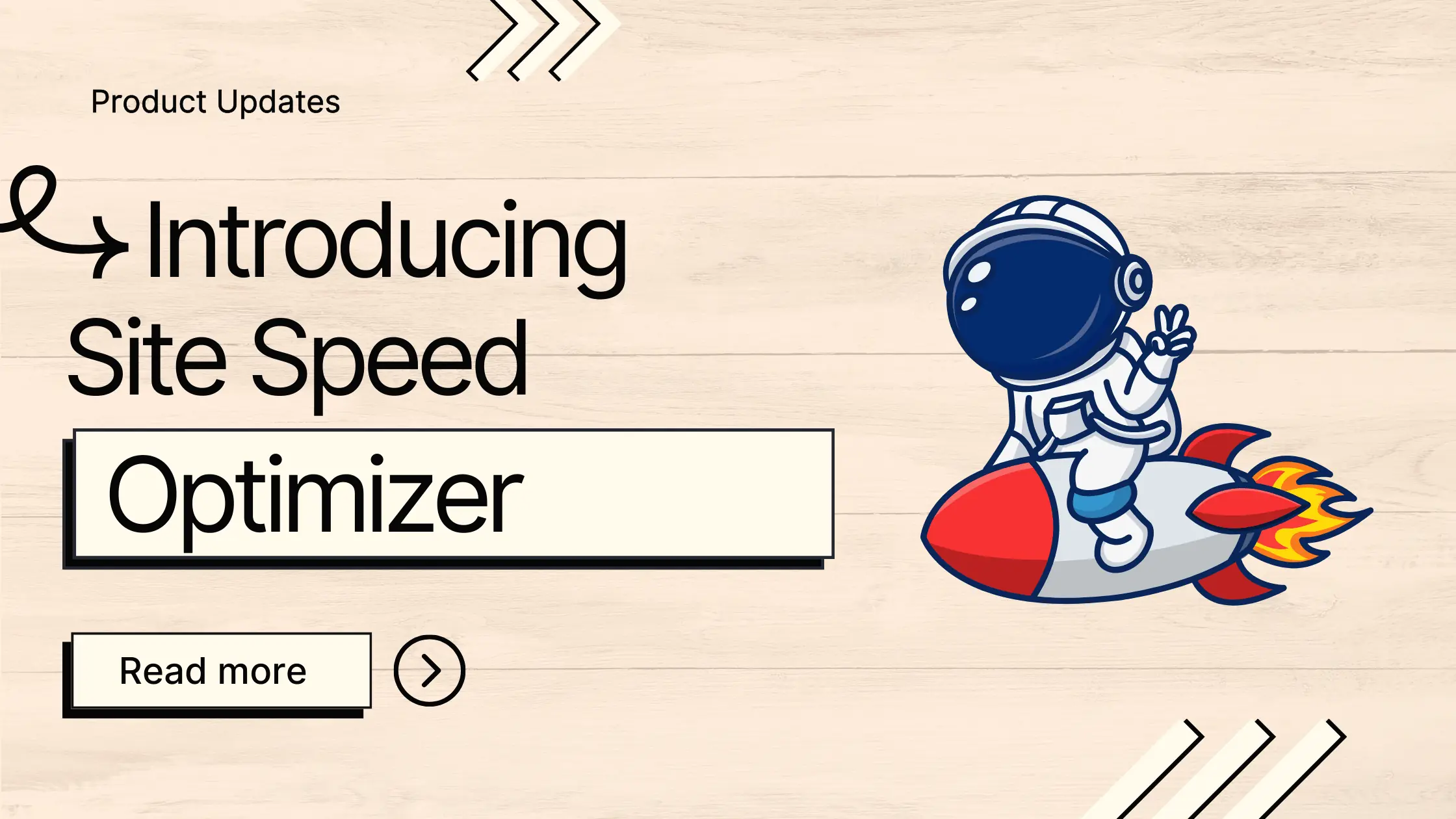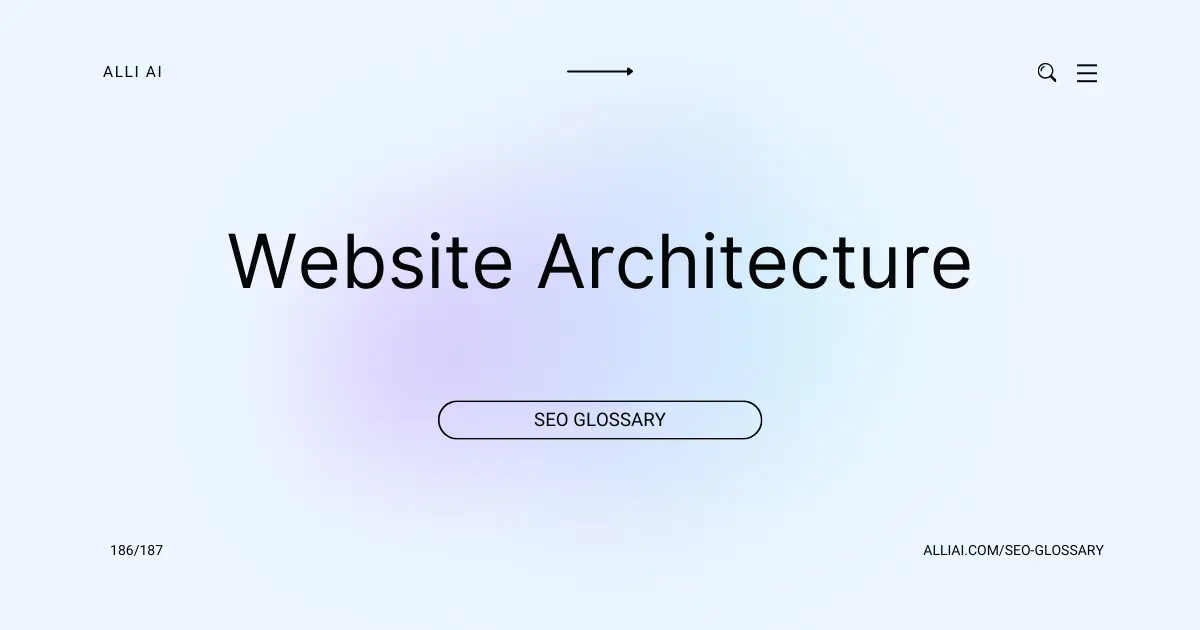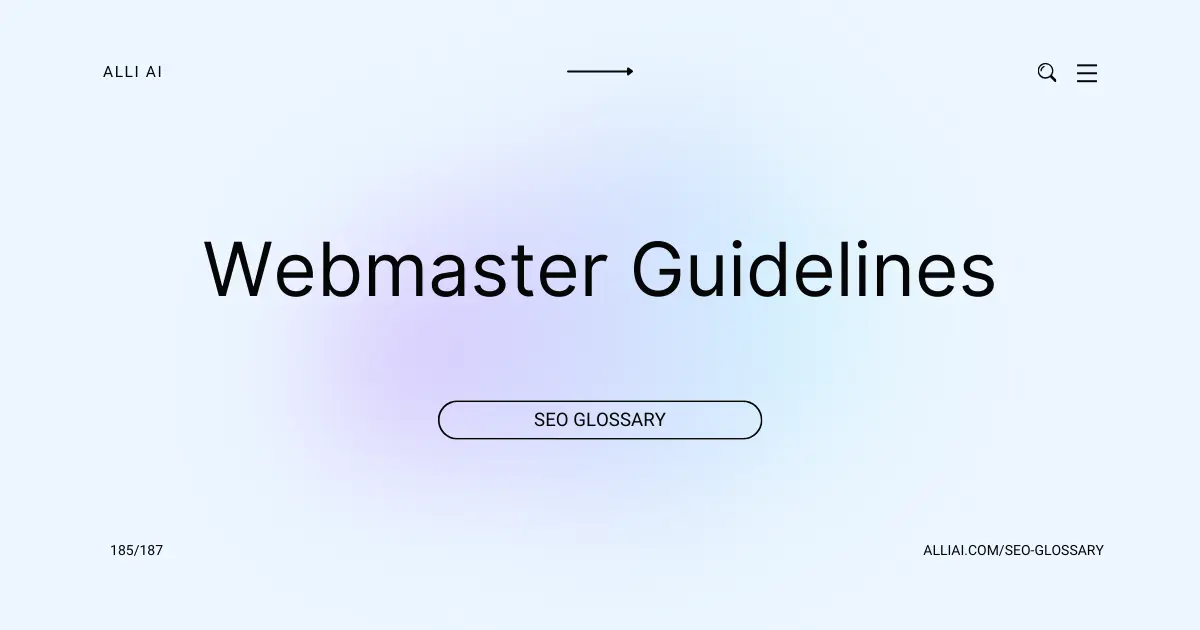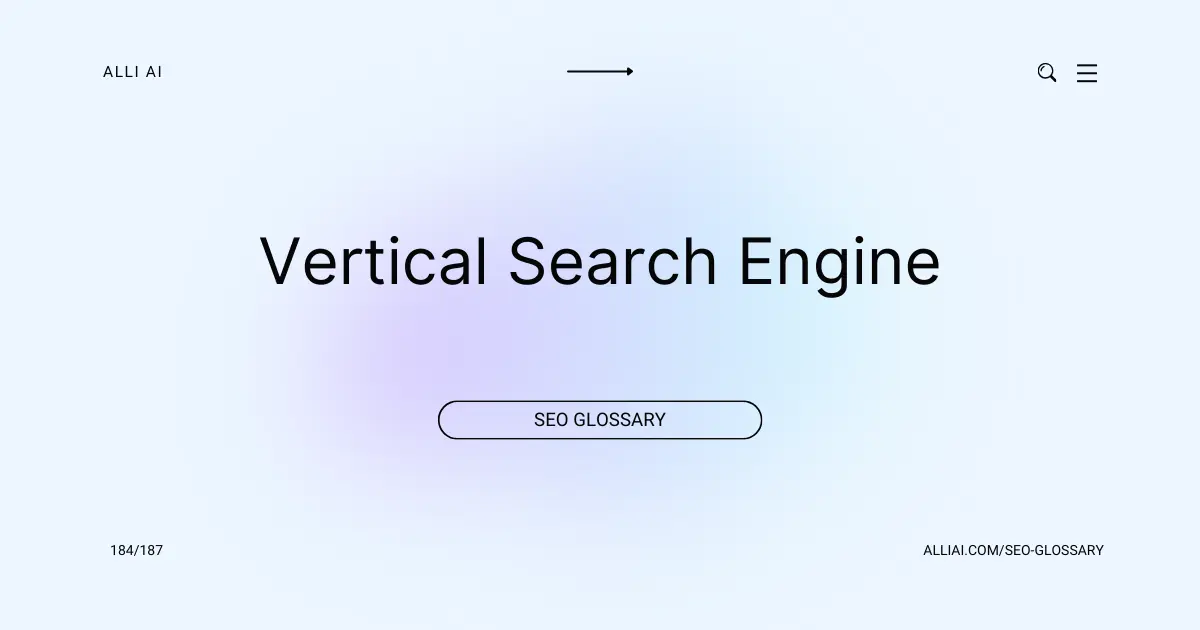What Does Pogosticking Mean?
Pogosticking in SEO refers to the behavior where users rapidly click back and forth between a search engine results page and the websites listed in those results. This happens when a user visits a site but quickly returns to the search results to try another site because the first one didn’t satisfy their needs. It can indicate that the content on the accessed websites may not be relevant or engaging enough for the user’s query.
Where Does Pogosticking Fit Into The Broader SEO Landscape?
Pogosticking in SEO refers to a behavior where users rapidly jump back and forth between search engine results pages (SERPs) and the websites listed in those results. This action typically indicates that users are not finding the content they are looking for on initial clicks, suggesting poor user satisfaction. Such behavior can negatively impact a website’s SEO because search engines, like Google, interpret it as a signal of low content relevance or quality.
Search engines aim to provide the most relevant and useful results to users. Therefore, if users engage in pogosticking after visiting a site, search engines might conclude that the site is not fulfilling user queries effectively. This can lead to a reduction in the website’s ranking for specific keywords or queries.
Addressing pogosticking involves improving content quality, relevance, and user engagement on a website. Ensuring that the content directly addresses user queries, offers value, and is easily navigable can help reduce pogosticking rates and enhance overall site performance in search engine rankings.
Real Life Analogies or Metaphors to Explain Pogosticking
1. Pogosticking in SEO is like a diner bouncing from one restaurant to another on a busy street, sampling but never settling for a full meal at one place.
2. Imagine a shopper in a mall who enters a store, looks around, and steps out immediately, only to enter the next store and do the same.
3. Pogosticking in search results is akin to channel surfing; quickly flipping through channels without watching any one channel for more than a few seconds.
4. It’s like bees hopping from flower to flower, never staying long enough to fully pollinate one flower.
5. Think of a book lover walking through a library, pulling a book off the shelf, glancing at the first page, then putting it back and grabbing another.
How the Pogosticking Functions or is Implemented?
1. User Query Submission: A user submits a search query on a search engine.
2. Search Results Display: The search engine displays a list of results relevant to the query.
3. User Selection: The user clicks on one of the search results, expecting it to fulfill their search intent.
4. Initial Evaluation: The user assesses the content on the web page to which the result linked. If the content seems irrelevant or unsatisfactory, the user decides to leave quickly.
5. Return to Search Results: The user clicks the back button on their browser to return to the original list of search results.
6. Selection of Another Result: The user selects a different result from the list, hoping it will better meet their needs.
7. Cycle Repeats: Steps 4 through 6 can repeat several times if the user continues to find the results unsatisfactory.
8. Search Satisfaction or Abandonment: The cycle ends when the user finds a satisfactory result or gives up the search entirely.
9. Search Engine Analysis: The search engine tracks this behavior, noting which links were quickly returned from and which eventually satisfied the user. This data influences future rankings of the web pages.
Impact Pogosticking has on SEO
Pogosticking significantly degrades a website’s SEO performance and user experience. It can lead to lower search engine rankings as it is a signal that a website does not satisfactorily fulfill the user’s search intent. This behavior increases the bounce rate and reduces dwell time, both critical metrics used by search engines to gauge content relevance and quality. Consequently, websites experiencing high rates of pogosticking might see a decline in their rankings as this suggests to search engines that the site is not providing valuable or pertinent content to users. This results in a poor user experience, impacting the site’s perceived reliability and authority.
SEO Best Practices For Pogosticking
1. Analyze user search intent by examining keywords and queries relevant to your content. Use tools like Google Analytics and Search Console to understand what users are searching for when they visit your site.
2. Ensure that the first paragraph of your content clearly and concisely matches the user’s search intent. Include primary keywords and an overview of what the user can expect from the page.
3. Improve the loading speed of your website. Optimize images, leverage browser caching, and minify CSS, JavaScript, and HTML.
4. Optimize your content for readability. Use headings, subheadings, bullet points, and short paragraphs to break up text and make scanning easier.
5. Include clear and compelling calls to action (CTAs) that guide users on what to do next. Place CTAs strategically throughout your page.
6. Implement an intuitive and straightforward site navigation structure. Ensure that users can easily find their way around your site without getting frustrated.
7. Optimize your page URLs to be short and descriptive. Include keywords where relevant and ensure they are easy for users to understand.
8. Consistently update and refresh old content to keep it relevant and engaging. This encourages users to stick around and explore further.
9. Use internal linking wisely to guide users to related content on your site. This can reduce the chances of them bouncing back to the search results.
10. Monitor bounce rate and time on site through analytics tools to evaluate and continuously improve user engagement and satisfaction with your content. Use the insights to make necessary adjustments.
Common Mistakes To Avoid
1. Inadequate Content Quality: If the content on a webpage doesn’t meet user expectations or solve their query, users might bounce back to the search results looking for other options. This behavior (pogosticking) indicates to search engines that the content may not be relevant or valuable, potentially leading to a drop in rankings. To avoid this, ensure content is well-researched, comprehensive, and directly addresses the queries associated with the keywords you’re targeting.
2. Misleading Titles or Meta Descriptions: Clickbait titles and meta descriptions that don’t align with the page content can lead to pogosticking. Users who feel misled are likely to return to the search results page quickly. Always keep your metadata accurate and reflective of the content on your pages.
3. Poor Page Usability and Design: Websites that are difficult to navigate, have slow load times, or are not mobile-friendly can frustrate users, prompting them to leave prematurely. To prevent this, focus on optimizing page speed, ensuring mobile compatibility, and designing an intuitive user interface.
4. Lack of Clear Navigation Paths: If users struggle to find the information they need on your site, they might return to the search results to try another source. Organize your site structure logically and use clear, descriptive labels for navigation elements.
5. Overwhelming Advertisements: Excessive or intrusive advertisements can negatively impact user experience, causing visitors to leave your site. Keep ads minimal and non-intrusive to enhance user retention.
6. Not Targeting the Right Keywords: Targeting keywords that are irrelevant to the content of your pages can attract the wrong audience, leading to high bounce rates and pogosticking. Conduct thorough keyword research to match the user intent and ensure that your content aligns with the needs of your visitors.
7. Ignoring Search Intent: Not considering the user’s intent behind search queries can result in content that does not satisfy the user’s needs. Understand different types of search intents (informational, navigational, transactional) and tailor your content accordingly.
By paying close attention to these elements and continuously optimizing for user needs and expectations, you can reduce the likelihood of pogosticking and create a more positively engaged audience, which is crucial for improving organic search rankings.
